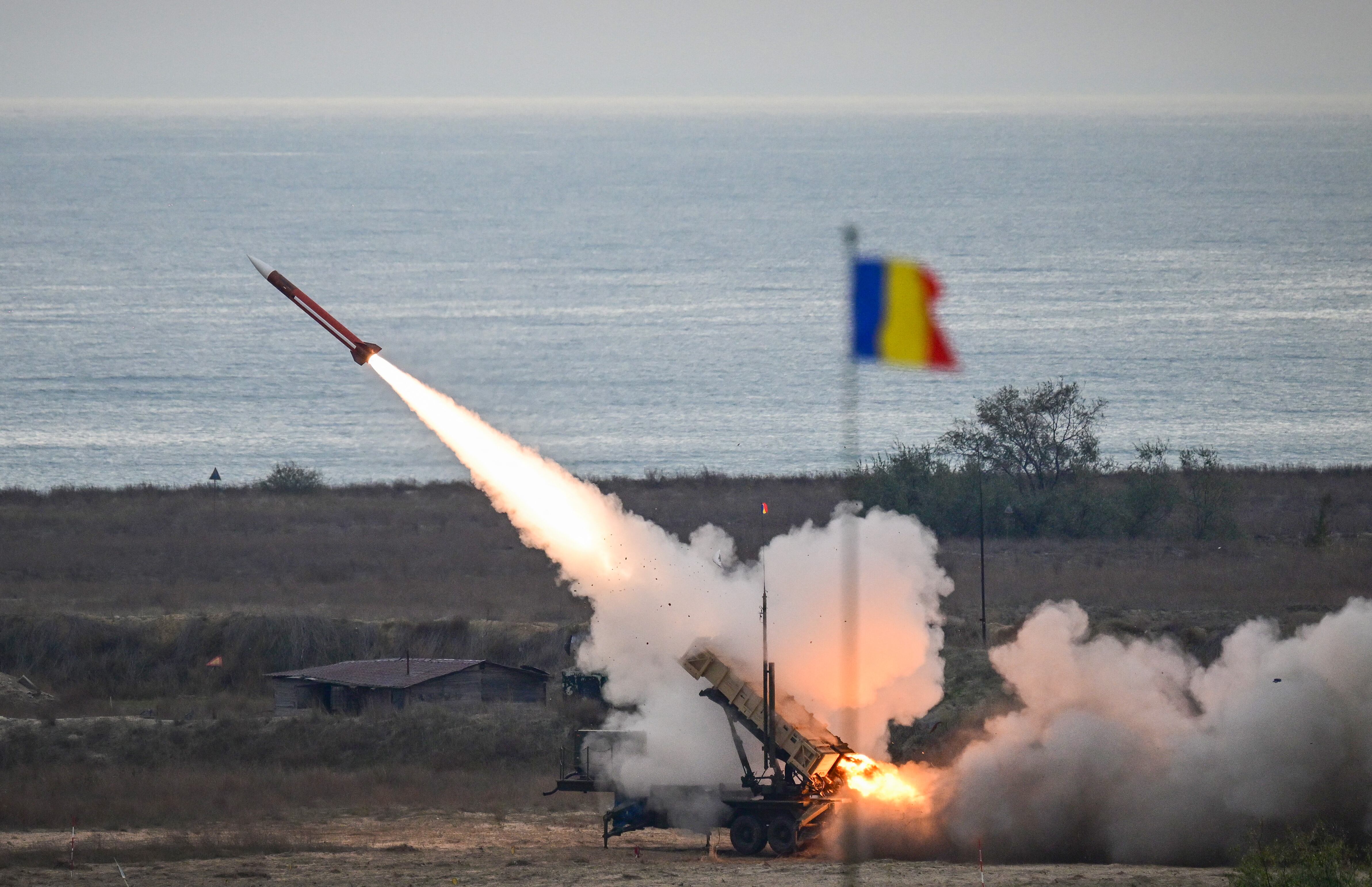LONDON — NATO has increasingly pursued an aggregated business model for the procurement of air defense weapons for member states, a framework that RTX’s Raytheon considers promising for other armament programs.
The performance of the company’s Patriot systems in Ukraine has prompted sustained interest in the capability across Europe, where a significant number of nations have undertaken the modernization of their air defenses.
While some countries with higher defense budgets can afford to independently cover the costly price tag, others have had to look to their partners for support.
RELATED

In January, the NATO Support and Procurement Agency ordered up to 1,000 Patriot Advanced Capability-2 Guided Enhanced Missiles-Tactical from MBDA and Raytheon’s joint venture Comlog, on behalf of Romania, Spain, Germany and the Netherlands.
Tom Laliberty, president of land and air defense systems at RTX’s Raytheon, touched on this joint procurement, an initiative he says the alliance is attempting to do with other weapon acquisitions.
“NATO aggregated the demand for these four countries, which is helpful for them to bear the costs for the PAC-2 missiles and allows it to determine who they will go to first based on urgency – it is replicating this model with the Stinger systems, widely used in Ukraine,” Laliberty told reporters at the Farnborough International Airshow here.
Earlier this month, NATO announced the signature of a $700 million contract in the name of several member states for the purchase of additional Stinger portable surface-to-air weapons.
When asked if the procurement model was desirable for the defense company, Laliberty referred to the blueprint as a successful one that the military alliance is “attempting to make a best-practice and do with other weapons.”
Currently, 19 countries operate Patriot, with Ukraine being the latest one, the defense executive said, and each plays a role in providing feedback that informs part of the upgrades the air defense system will get.
“We have these 19 partners, part of a share fair program, that contribute feedback back to us and the U.S. Army that we then use to update our softwares and threat databases – Ukraine is finding benefits in this, with our ability to take that data and upgrade the system so it is better prepared to face all sorts of threats in the rest of the world,” Laliberty said.
He noted that a growing challenge in recent years has been the ability among adversaries to carry out higher-level coordinated attacks using a greater variety of weapons, including low-cost unmanned aerial systems, ballistic missiles, hypersonic missiles and low-flying cruise missiles.
“When you look at all of that and think about how to effectively defend against this – you need layers of defense and tight coordination between those layers to ensure that you’re using each one of them and the capabilities in the most effective way,” Laliberty said.
Elisabeth Gosselin-Malo is a Europe correspondent for Defense News. She covers a wide range of topics related to military procurement and international security, and specializes in reporting on the aviation sector. She is based in Milan, Italy.
More In Europe







